Wisconsin Regional Orthoimagery Consortium (WROC)
The Wisconsin Regional Orthoimagery Consortium (WROC) is a multi-entity group. The goal of the consortium is to build and sustain a multi-participant program to acquire digital orthoimagery and elevation data throughout Wisconsin. The WROC approach brings a number of potential benefits to participants including cost savings, specifications and standards support, customized datasets, data sharing between members and partners, and procurement support.
Next round
The next round of WROC is underway. North Central Wisconsin Regional Planning Commission (NCWRPC) will once again coordinate and lead the Consortium. In 2021, the RPC extended its agreement with Ayres Associates to facilitate the Consortium and provide geospatial services to its members and partners.
There will be options for participation in 2023, 2024, and 2025. A number of member counties will be going to a 3-year cycle starting in 2023. Another group of counties will fly in 2024.The largest group will participate again in 2025, keeping the consistency of the 5-year cycle. Member counties flying in 2023, 2024, and 2025 will be eligible for partner funding.
The aerial mapping services provided under WROC will continue to evolve to meet the needs of local government members and partner organizations. This will be achieved through a coordinated, county-by-county approach over the next three years, with participation peaking in 2025. Program representatives will work with all private, federal, and state partners to build the program into regional datasets. WROC has a stated goal of achieving statewide coverage by the end of 2025.
WROC representatives will be hosting meetings across the state to discuss the consortium approach and participation options for 2023-25. If you are interested in meeting, please contact program managers Andy Faust or Zach Nienow
Wood County
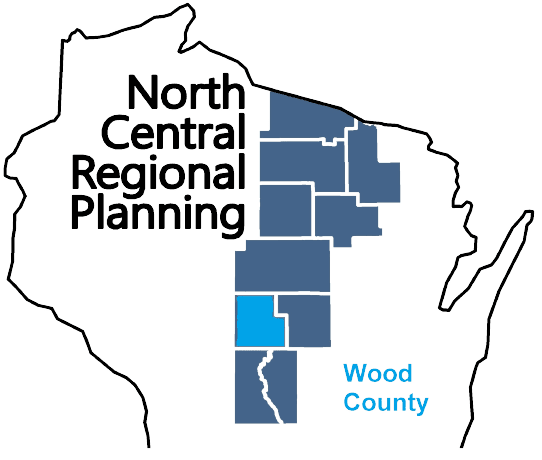
Wood County is a county located in central Wisconsin. As of the 2020 census, the population was 74,207. The county seat is Wisconsin Rapids. Wood County was created in 1856 and is named after Joseph Wood, who was a Wisconsin State Assemblyman. The county is known for its many lakes, rivers and outdoor recreational opportunities, including the Wood County Parks, the Wisconsin River and the Ice Age Trail. The county is home to the city of Wisconsin Rapids, which is the county’s largest city and the regional center for commerce, industry, healthcare, and education. The county also has several small towns and communities, including Marshfield, Nekoosa, and Port Edwards. The county has a diverse economy, with healthcare, manufacturing and service industries being the main drivers. The county is also known for its paper mills, which have been a staple industry in the area for many years.
Vilas County
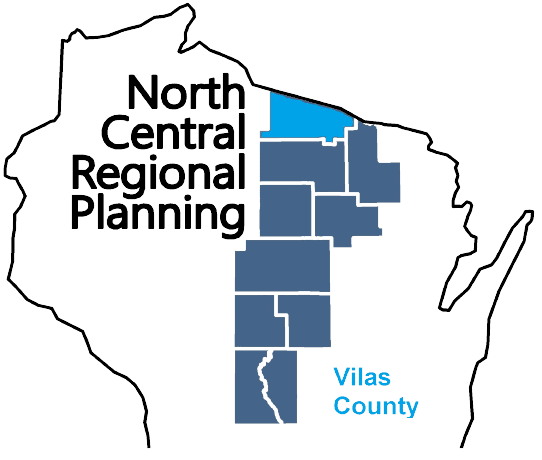
Vilas County is a county located in northern Wisconsin. As of the 2020 census, the population was 23,047. The county seat is Eagle River. Vilas County was created in 1893 and is named after William Freeman Vilas, who was a U.S. Senator from Wisconsin. The county is known for its many lakes, forests, and outdoor recreational opportunities, including the Vilas County Parks, the Eagle River Chain of Lakes and the Nicolet National Forest. The county is home to the city of Eagle River, which is the county’s largest city and the regional center for tourism and recreation. The county also has several small towns and communities, including St Germain, Conover, and Boulder Junction. The county has a strong tourism industry, with many visitors coming to the county for fishing, hunting, boating and snowmobiling.
Portage County
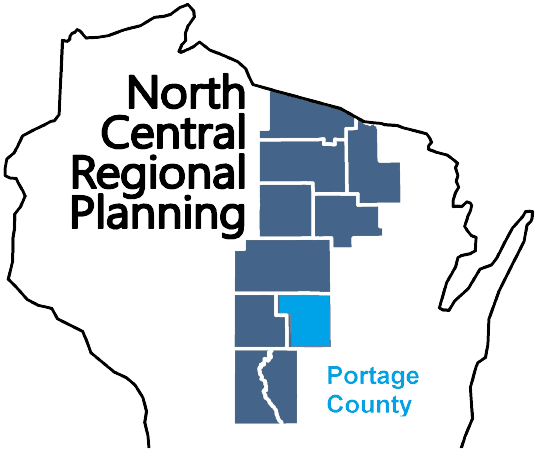
Portage County is a county located in central Wisconsin. As of the 2020 census, the population was 70,377. The county seat is Stevens Point. Portage County was created in 1839 and is named after the Fox-Wisconsin Waterway, a historic portage route used by Native Americans and European settlers. The county is known for its many lakes, rivers, and outdoor recreational opportunities, including the Tomorrow River State Trail, the Wisconsin River and the Ice Age Trail. The county is home to the city of Stevens Point, which is the county’s largest city and the regional center for commerce, industry, healthcare, and education. The county also has several small towns and communities, including Plover, Rosholt, and Amherst. The county has a diverse economy, with healthcare, manufacturing, and service industries being the main drivers.
| Title | Date |
|---|---|
| Portage County Outdoor Recreation Plan 2025-2029 | October 7, 2024 |
| Portage County Comprehensive Plan 2024 | August 14, 2024 |
| EMSI Reports – Economy Overview | July 17, 2024 |
| Portage County Broadband Plan | February 27, 2024 |
| Portage County Economic Profile 2024 | January 22, 2024 |
| Stevens Point Urban Area Sewer Service Area Plan 2040 Update | July 13, 2023 |
| Portage County Economic Profile 2022 | January 1, 2022 |
| Portage County Locally Developed, Coordinated Public Transit-Human Service Transportation Plan 2019-2023 | August 31, 2018 |
| Portage County Locally Developed, Coordinated Public Transit-Human Service Transportation Plan 2014-2018 | July 11, 2013 |
| Almond-Bancroft Safe Routes to School Plan 2012-2017 | April 1, 2012 |
| Portage County Locally Developed, Coordinated Public Transit-Human Service Transportation Plan 2008 | August 12, 2008 |
| Village of Rosholt Comprehensive Plan – 2008 | February 11, 2008 |
Oneida County
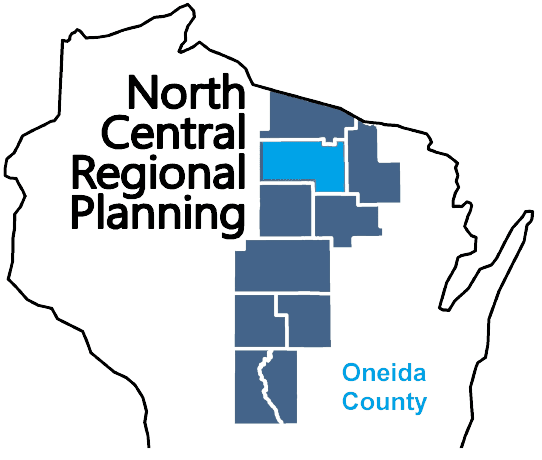
Oneida County is a county located in northern Wisconsin. As of the 2020 census, the population was 37,845. The county seat is Rhinelander. Oneida County was created in 1887 and is named after the Oneida Nation, which is a tribe of the Iroquois Confederacy. The county is known for its many lakes, forests, and outdoor recreational opportunities, including the Oneida County Forest, the Wisconsin River and the Nicolet National Forest. The county is home to the city of Rhinelander, which is the county’s largest city and the regional center for commerce, industry, healthcare, and education. The county also has several small towns and communities, including Three Lakes, Minocqua, and Hazelhurst. The county has a diverse economy, with tourism, manufacturing, and service industries being the main drivers.
Marathon County
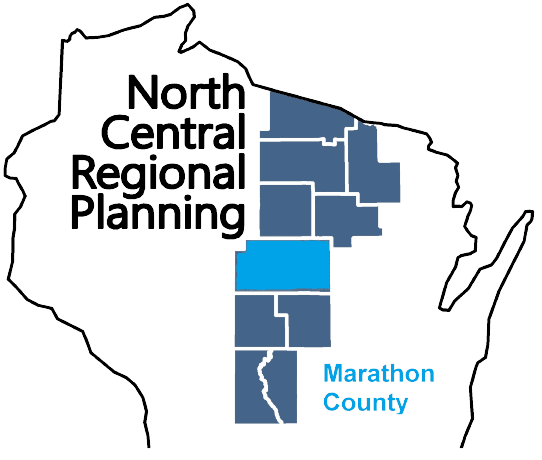
Marathon County is a county located in central Wisconsin. As of the 2020 census, the population was 138,013. The county seat is Wausau. Marathon County was created in 1850 and is named after the Marathon race of ancient Greece. The county is known for its many lakes, rivers, and outdoor recreational opportunities, including the Marathon County Parks, the Eau Claire River, and the Ice Age Trail. The county is home to the city of Wausau, which is the county’s largest city and the regional center for commerce, industry, healthcare, and education. The county also has several small towns and communities, including Mosinee, Rothschild, and Edgar. The county has a diverse economy, with healthcare, manufacturing, and service industries being the main drivers.
Lincoln County
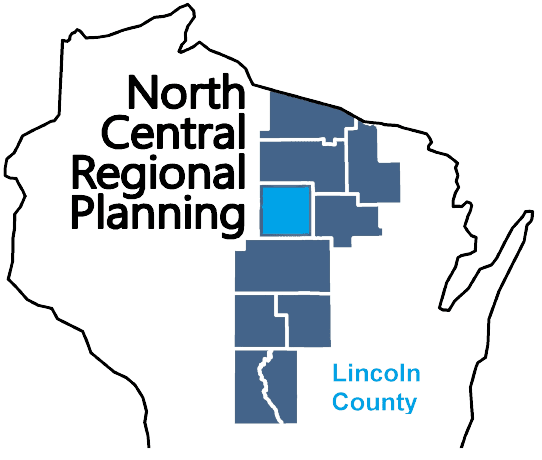
Lincoln County is a county located in northern Wisconsin. As of the 2020 census, the population was 28,415. The county seat is Merrill. Lincoln County was created in 1881 and is named after Abraham Lincoln, the 16th President of the United States. The county is known for its many lakes, forests, and outdoor recreational opportunities, including the Lincoln County Forest, the Wisconsin River and the Ice Age Trail. The county is mostly rural with paper mills and manufacturing being the main industries. The county has several small towns and communities, including Tomahawk, Merrill, and Gleason. The county is also known for its hunting, fishing, and snowmobiling.
Langlade County
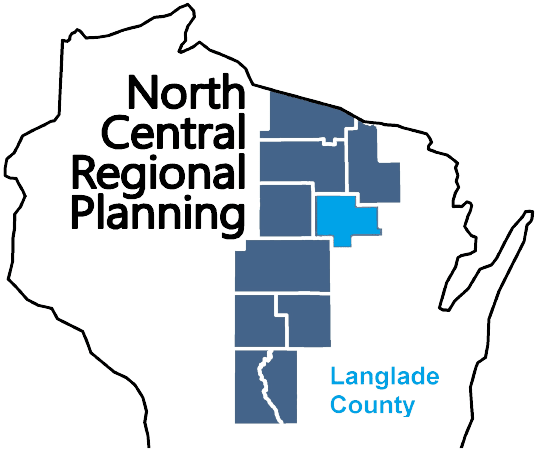
Langlade County is a county located in northern Wisconsin. As of the 2020 census, the population was 19,491. The county seat is Antigo. Langlade County was created in 1879 and is named after Charles Langlade, a prominent fur trader and early settler in Wisconsin. The county is known for its many lakes, forests and outdoor recreational opportunities, including the Langlade County Forest, the Wolf River and the Ice Age Trail. The county is mostly rural with logging and paper mills as major industries. The county has several small towns and communities, including White Lake, Elcho, and Summit Lake. The county is also known for its hunting, fishing, and snowmobiling.
Juneau County
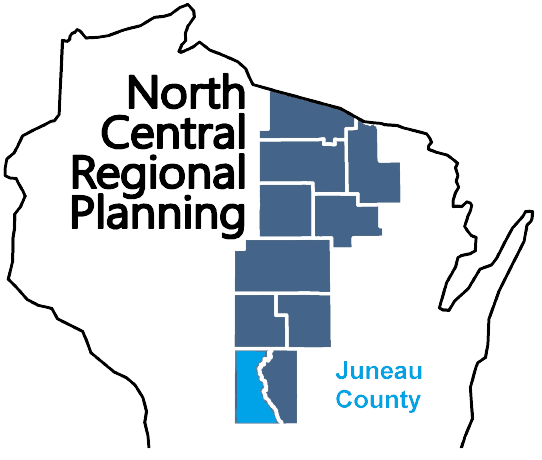
Juneau County is a county located in central Wisconsin. As of the 2020 census, the population was 26,718. The county seat is Mauston. Juneau County was created in 1857 and is named after Solomon Juneau, one of the founders of Milwaukee. The county is known for its rolling hills and valleys, as well as the Lemonweir and Wisconsin rivers. The county is home to the Castle Rock Lake, which is a popular spot for boating and fishing. Agriculture is the main industry in Juneau County, with dairy farming being particularly prevalent. Additionally, the county is home to several small communities and towns, including New Lisbon, Elroy and Necedah.